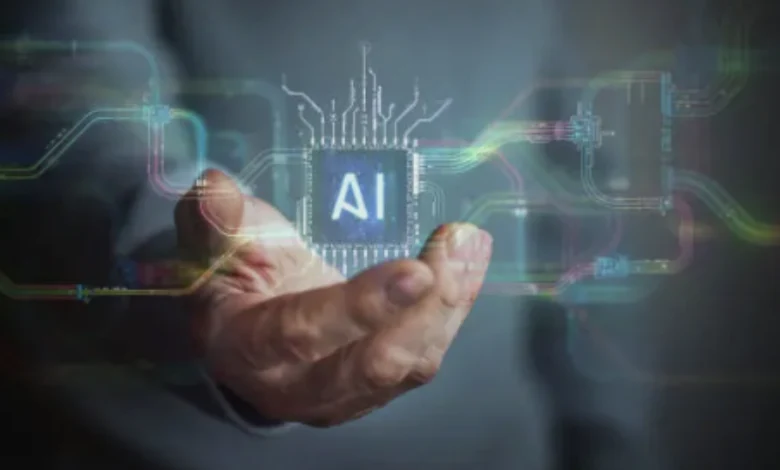
AI adoption is accelerating as organisations seek to boost efficiency and effectiveness with 42% of companies already using AI, while another 40% are actively experimenting with it. With such powerful technology, it naturally comes with its share of challenges as security and privacy are critical concerns. In an era of rising cyber threats and regulatory scrutiny, organisations must implement strict safeguards to protect both their operations and employees.
Beyond these technical concerns lies deeper, more operational issues: the lack of a cohesive AI strategy. Without a clear vision, many organisations will struggle to move beyond experimentation to unlock AI’s full potential. Businesses risk stagnating at the experimental stage, unable to scale AI-driven solutions effectively. If left unresolved this strategic gap could lead to missed opportunities for innovation, efficiency, and growth.
The promise of AI
AI is already augmenting today’s workforce, with a survey of 2,200 global knowledge workers conducted by Lucid Software revealing 49% of workers use it to automate repetitive tasks — freeing them to focus on higher-value work instead. Workers also recognise AI’s broader potential, citing improved productivity (62%), seamless integration with existing workflows (41%), cost savings through consolidated tools (40%), and enhanced communication and decision-making (38%) being cited as key potential benefits of AI adoption. Yet, despite decision-making being a top advantage, only 23% of workers currently use AI for this purpose. Bridging this gap will require a thoughtful, inclusive approach — aligning AI with business objectives and continuously refining its role to maximise its impact.
The divide in optimism
While there’s broad optimism about AI’s potential, the enthusiasm varies across organisational levels. For instance, 68% of executives believe AI will enhance their job satisfaction, yet this drops to 53% among managers and only 37% among entry-level employees. This disparity highlights a critical challenge: for AI to be successfully implemented, organisations must bridge this perception gap and demonstrate its value to employees at all levels.
Many workers are already using AI for basic tasks, but its deeper potential remains untapped. Only 26% use AI for synthesising ideas or research, and just 19% leverage it for designing diagrams. This suggests that while AI adoption is growing, organisations have yet to integrate it in ways that drive meaningful innovation.
The key to AI’s effectiveness lies in its intentional integration — aligning AI with existing workflows to enhance productivity without creating friction. A common misconception about implementing AI is that it’s only useful if it produces perfect results, but that mindset overlooks its true value. Right now, AI isn’t meant to replace entire workflows. It’s most effective when augmenting specific tasks, removing bottlenecks, and enabling teams to focus on higher-value work. Organisations that recognise and embrace this incremental approach will see the greatest impact.
Closing the gaps on challenges and concerns
While many companies are taking proactive steps to safeguard their operations and employees, with 88% actively implementing guidelines, this is not being clearly communicated with the wider workforce, leading to confusion and misalignment. For example, only 29% of entry-level employees feel confident their company actually has these rules in place. Combined with concerns around job security (33%), this has resulted in a third of businesses reporting a resistance to change as a top challenge when implementing AI.
As AI rapidly evolves, the need for ongoing education and training becomes increasingly critical. Executives are more likely to seek independent learning opportunities, 39% compared to 13% for entry-level workers. This underscores the need for an intentional, accessible, and continuous AI education framework for all employees. Effective change management strategies that communicate AI’s benefits, address concerns empathetically, and involve employees in the transition can build trust and demonstrate that AI complements rather than replaces human effort.
Steps to success
There’s still a mixture of emotions around AI in the workplace – apprehension, excitement or somewhere in between. While the technology is already making an impact, from boosting productivity to improving decision-making, these benefits are often overlooked by concern, reluctance, and knowledge gaps. To overcome this, executives must take intentional steps to align teams, offering inclusive support and providing training on how to effectively leverage AI. By fostering a shared understanding and empowering employees with the right tools, organisations can unlock AI’s full potential.




